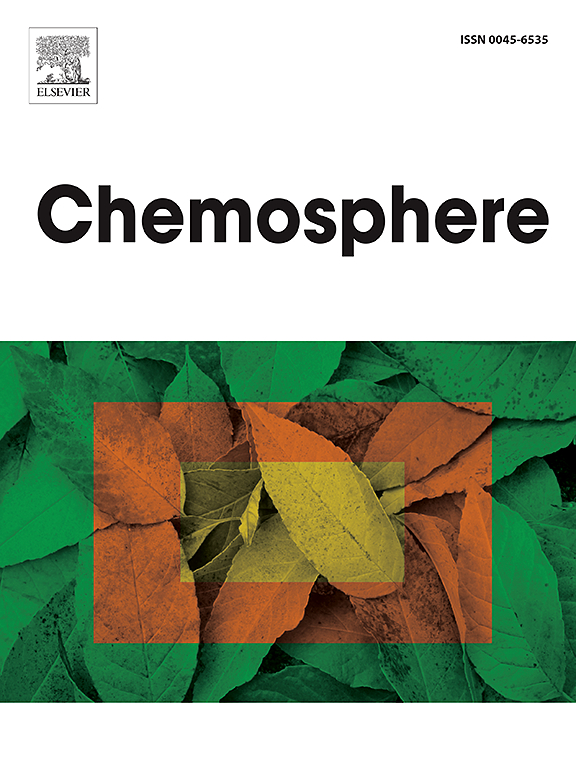使用二氧化碳压缩液和助溶剂混合物清洗棉纺织品上的污染物。
IF 8.1
2区 环境科学与生态学
Q1 ENVIRONMENTAL SCIENCES
引用次数: 0
摘要
本文章由计算机程序翻译,如有差异,请以英文原文为准。

Cleaning contaminants from cotton textiles using compressed liquid CO2 and co-solvent mixtures
Liquid CO2 (L-CO2) has emerged as a safe and sustainable alternative to conventional organic solvents in dry cleaning owing to its non-toxic, non-flammable, and environmentally friendly nature. However, the compounds that can be removed from the fabrics by L-CO2 are unknown. In this study, we optimized the temperature, flow rate, and co-solvent for L-CO2 dry cleaning and identified the compounds that can be removed by this method using gas chromatography–time-of-flight mass spectrometry. A 7:3 (v/v) isopropanol(IPA)/water mixture was the optimal co-solvent mixture. Our L-CO2+IPA/H2O dry cleaning method exhibited high efficacy in removing a diverse range of substances, such as cholesterols, fatty acids, N-compounds, sugars, and sugar derivatives. In particular, 100% of the cholesterols were removed from the stained fabric.
求助全文
通过发布文献求助,成功后即可免费获取论文全文。
去求助
来源期刊

Chemosphere
环境科学-环境科学
CiteScore
15.80
自引率
8.00%
发文量
4975
审稿时长
3.4 months
期刊介绍:
Chemosphere, being an international multidisciplinary journal, is dedicated to publishing original communications and review articles on chemicals in the environment. The scope covers a wide range of topics, including the identification, quantification, behavior, fate, toxicology, treatment, and remediation of chemicals in the bio-, hydro-, litho-, and atmosphere, ensuring the broad dissemination of research in this field.
 求助内容:
求助内容: 应助结果提醒方式:
应助结果提醒方式:


